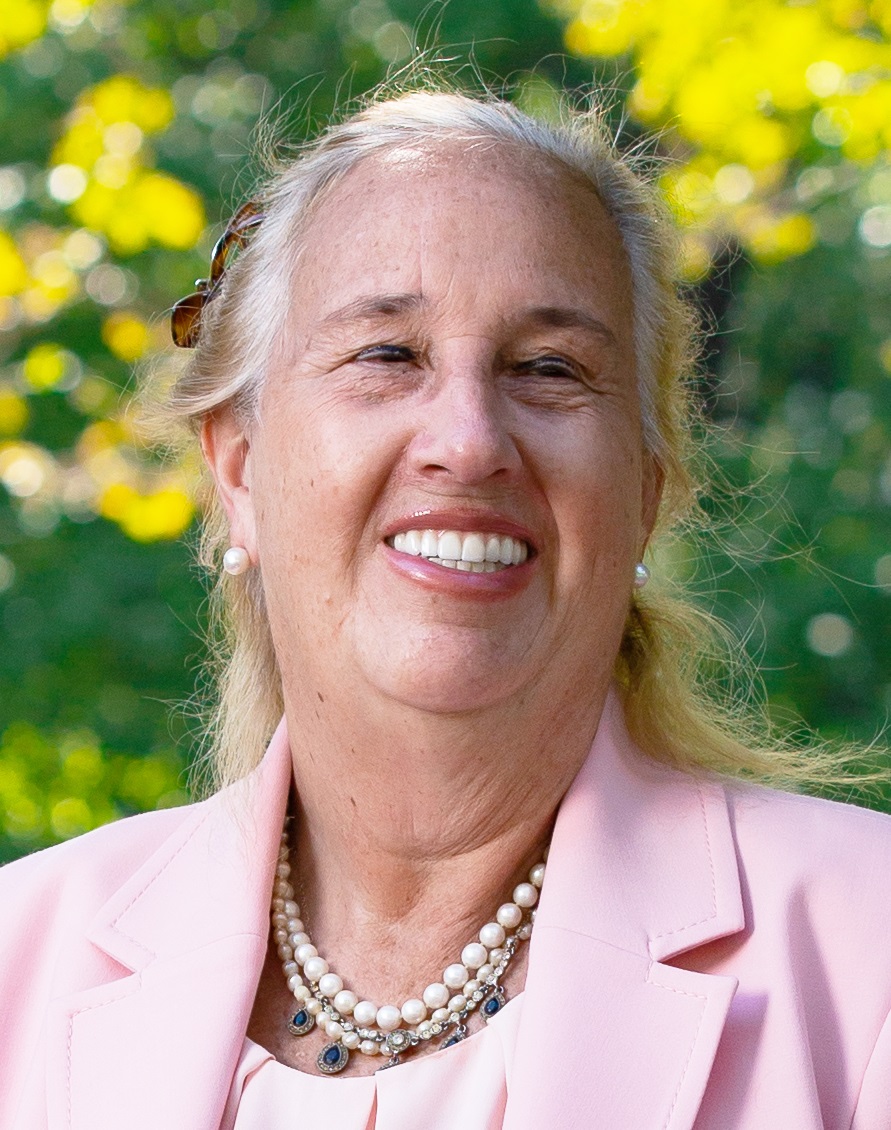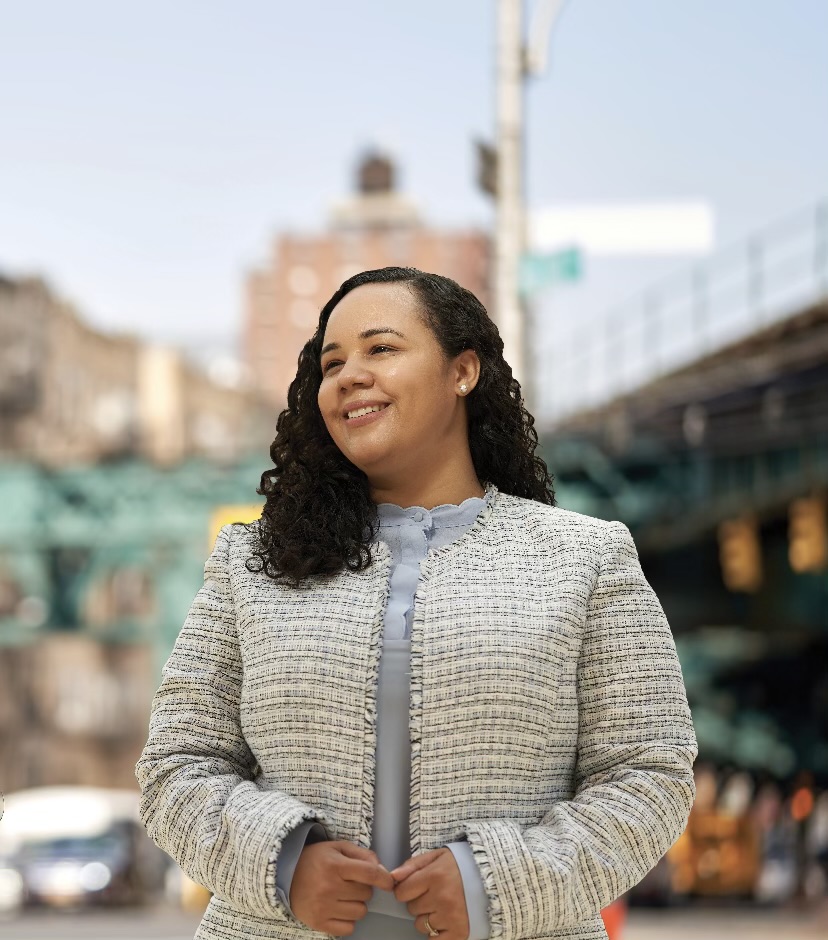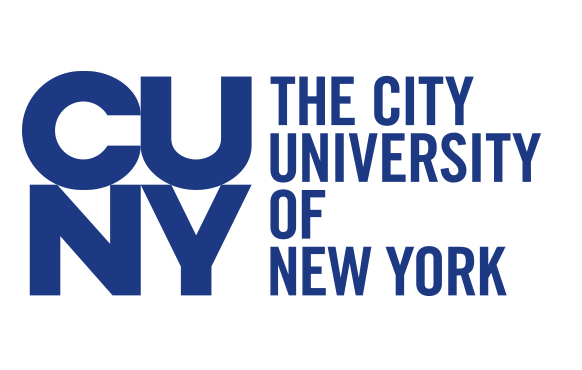Street trees, lithium-ion batteries, building deconstruction – many conversations at City Hall are revolving around opportunities in the emerging green economy. There is a growing awareness about our impact on the climate, and our changed behaviors are creating new market opportunities. But gaps exist in training, certification, and credentialing, which hobble economic growth and opportunity.
The Department of Parks and Recreation needs more staff in its Forestry Division to preserve and expand the urban forest; the city’s 65,000 delivery workers need charging stations and qualified battery dealers and servicers, and there’s a lack of instructors who can teach how to deconstruct a building to enable the reuse of its parts.
New York City’s unemployment rate, 6.1% as of July 2022, is higher than the national average; thousands are out of work, thousands more are hungry for a new opportunity— and the green economy can be an engine for growth.
To maximize the potential for positive change, the emerging and expanding green sectors must be bolstered by union labor. Union jobs provide significant economic benefits, a living wage, and stable working conditions. Labor unions give workers the assurance that their workplace offers protection from safety hazards and the freedom to voice their concerns about sensitive matters without fear of termination.
The $1.2 trillion Bipartisan Infrastructure Law passed and signed in November of 2021 allocated significant resources toward addressing climate and resilience concerns through investments in transportation, natural infrastructure, electrification, decarbonization, and more. The recently passed Inflation Reduction Act doubles down on those commitments by reducing pollution, addressing environmental justice issues, and making cleaner energy more affordable and accessible.
According to the New York State Comptroller’s Office, ‘green jobs’ grew by 13.2% between 2015 and 2019, more than twice the rate of total job growth in the State. Growth halted in 2020, due to the pandemic, but is back on the rise as New York returns to pre-pandemic levels of economic growth.
Unions play an important role in the recruiting, training, and placement of workers who can pass along their knowledge and skills to those joining the field. Proper training also prevents the work being done from harming the surrounding communities and environment.
A unionized green workforce will strengthen the environmental commitments of the industry to changing environmental standards. Organized labor can become a proponent and supporter of climate protection and pro-environmental policies as these unions increasingly depend on green jobs.
For instance, buildings are responsible for about 70% of carbon emissions in NYC. Last year the City Council passed Local Law 97 of 2019, or “The Climate Mobilization Act,” to reduce emissions from buildings over 25,000 square feet by 80% over the next three decades. Ways to achieve this include implementing passive house design standards, updating building plumbing, mechanical, and electrical systems, and tracking data to guide energy usage projections and highlight best practices.
Energy efficient buildings, multi-use green infrastructure, and urban gardens are attractive city design strategies that draw in tourists, new residents, and businesses, and require skilled labor for their maintenance.
Right now, the Brooklyn Marine Terminal in Sunset Park is being transformed into an offshore wind energy port facility, which will turn the shipping, warehousing, and manufacturing space into an operations and maintenance facility for offshore wind farms. This project is a direct result of NYC’s commitment of $191 million to offshore wind projects, with $57 million of this total being allocated to the terminal transition. Such a heavily funded project requires skilled and reliable workers to complete it.
How then, can the city support labor in organizing the green economy? There are several programs originating in New York City to generate more green jobs for the next generation entering the workforce:
JobsFirstNYC, a non-profit organization, in partnership with The Hope Program, Nontraditional Employment for Women, and Green City Force, established the NYC Green Economy Network, which works to achieve a sustainable economy and accessible green Jobs. They submitted policy proposals to Mayor Adams focused on workforce development, including the creation of a Youth Climate Corps – 1,000 young people who will do outreach involving the installation of water and electricity saving equipment, putting them into resume-building jobs.
There’s also an opportunity to establish a secure green job pipeline for the formerly incarcerated. According to the Coalition for the Homeless, 40% of men released from State prisons are released directly to a shelter. Job training for roles in expanding industries can increase opportunities for stabilization.
In the face of a changing climate, New York City has everything to gain from a green economy. We must keep our finger on the pulse of economic trends and work to put forward policies that maximize economic growth while protecting working people.
The City must continue making significant investments in workforce and market development and cement its position as a leader in climate and sustainability by bolstering these emerging industries with union labor.





